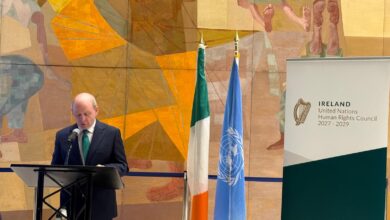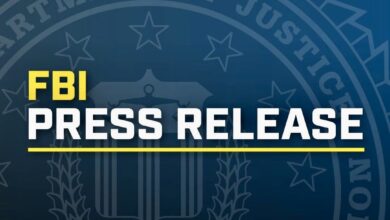Inside the CIA Red Cell How an experimental unit transformed the intelligence community.

New York – Rashad – Alkhader – Homeland News – From – EXCERPT – From News – CIA
Around midnight on Sept. 12, 2001, then-Director of Central Intelligence George Tenet summoned his chief of staff, John Moseman, and the CIA’s deputy director of intelligence, Jami Miscik, to his seventh-floor office in the Original Headquarters Building in Langley, Virginia. In the aftermath of the previous day’s unprecedented terrorist attacks, senior White House officials were confident that there were additional plots against the U.S. homeland — and that the CIA needed to better anticipate the range of threats that officials should be prepared for. Tenet decided to form a group of contrarian thinkers to challenge conventional wisdom in the intelligence community and mitigate the threat of additional surprises through “alternative analysis.” On that evening, his instructions were simple: “Tell me things others don’t and make [senior officials] feel uncomfortable.”

The following morning, Miscik and two senior analysts formed the CIA’s Red Cell, which has been a semi-independent unit within the agency ever since. It is devoted to “alternative analysis,” which includes techniques like “what ifs,” Team A/Team B exercises, and premortem analysis, all of which are used to identify holes in a plan, model an adversary to understand their weaknesses, or consider all of the conceivable ways a plan can fail beforehand. The term “Red Cell” was chosen by Tenet personally; he believed it sounded alluring and conspiratorial. Previous comparable units had received limited time and freedom to truly think outside the box. As the recently declassified June 2005 CIA Office of Inspector General’s review of pre-9/11 analysis determined, there was only one example of alternative analysis produced by the Counterterrorism Center’s Assessments and Information Group, and its analysts “recall utilizing no alternative analysis, and ‘did not have the luxury to do so.’”
* * *
Analysts lack this luxury because they are absorbed in conducting “mainline” or authoritative analysis, which is intended to chronicle and interpret reality for policymakers. This includes “setting the scene” of the political dynamics in a foreign country before elections, estimating the likelihood of an event occurring, or warning about longer-term strategic trends. As Robert Gates, former deputy director of central intelligence and then director, proclaimed: “[Authoritative analysis] is the bread and butter of intelligence…. Policymakers value, depend upon, and have grown so accustomed to it that this must always be our focus.” However, Gates continued, policymakers become drawn to speculative and unorthodox views, “because when presented with the ‘school solution,’ they know the world isn’t that simple, and they mistrust people who tell them there’s only one outcome.”
Miscik recalled that the initial goal of the Red Cell was to get fresh sets of eyes to reconsider the range of terror threats: “We wanted creative people who could take the existing reporting and put it back together in different ways.” Or, as Paul Frandano, who co-directed the Red Cell during its first four years, put it more directly, “Tenet charged us to piss off senior analysts. If we weren’t doing that, we weren’t doing our job.” By design, the initial Red Cell did not include any terrorism experts and only had one Middle East specialist. Members were individually selected for their analytical capabilities, creativity, and unique mindsets. They were a mix of junior analysts, one mid-level federal employee, as well as senior CIA analysts, a National Security Agency analyst, and a CIA case officer.



